Music Production Knowledge Backlog
Here you can find my latest published content. Use the Search!
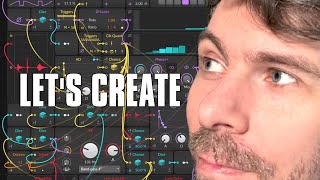
Apr 06, 2022 Tutorial
In this video, I showed how to build a self-running grid patch in Bitwig Studio. I started by selecting the grid and setting it to monophonic mode. I then connected a trigger to a phaser and an XP filter, and then used a face in to create notes. I added a sample and hold, a dice module, and a reverb to the patch. I also added a pitch signal to switch between an octave higher or lower. Finally, I used a global shuffle to change the pattern.
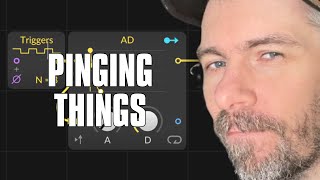
Apr 05, 2022 Tutorial
In this video, I demonstrated how to use pinging to create various audio effects with short bursts of noise. I showed how to use an EQ with a steep band pass, a Resonator Bank, a Phaser Plus, a Flanger, and an Comb Filter to create different sounds with pinging. I also showed how to use a Tool device to make a kick drum sound shorter, a Grid module to create a noise, and how to use Supermassive to create a resonator bank. Finally, I gave some examples of how to create clicks or excite sounds.
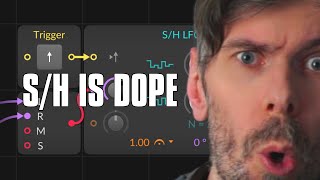
Mar 31, 2022 Tutorial
In this video, I show how to get repeating patterns out of the sample and hold LFO in Bitwig Studio. I explain that when you input a signal above one, you can access static values that repeat. I demonstrate how to patch this up using a trigger, quantizer, transpose, sample and hold, clock, oscillator, and attenuate. I also show a quicker approach using a volume knob and bias module. Finally, I thank X iso for giving me the hint about this trick.
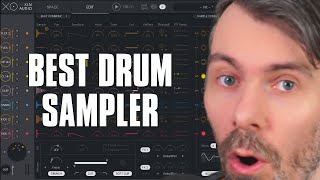
Mar 29, 2022 Tutorial
In this video, I showed how to use XO to Drum Sampler by XLN-Audio. I showed how to increase the scale of the GUI, the two main tabs, Edit and Space, the sample layers, the sample editor, the global settings, the mastering section, the space tab, and the search function. I also showed how to create a groove by using the step sequencer, how to use the sample combine and randomize button, how to use the preset browser, and how to export the groove. XO is a great drum sampler and it is currently available for free if you upgrade your plan of Bitwig Studio.
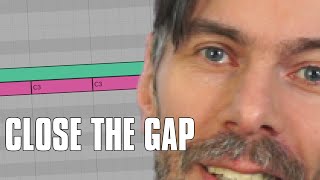
Mar 28, 2022 Tutorial
In this video, I showed how to use the Note Grid in Bitwig to make sure that multiple small notes close together are recognized as one note. I demonstrated the problem of re-triggering the sampler when a clip is looped, and then showed how the Note Grid can be used to solve this. I also showed how the Note Grid can be used to continuously hold the gate signal even when the pitch of the sample is changed.
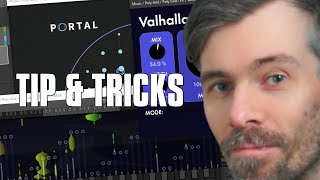
Mar 24, 2022 Tutorial
In this video, I demonstrated a trick about Valhalla Delay where I showed how to modulate the clear buffer button to create an interesting effect. I also turned all this into a musical loop, starting from a tutorial about Valhalla Delay and ending with a track from scratch. I used grid to create a variety of initial source sounds, then used a dice module to modulate the phase input, a filter, an AD, and feedback. I also showed how to modulate the clear button in Valhalla reverb and used portal for effects. Finally, I added some noise and XO stuff to make the track sound fuller.
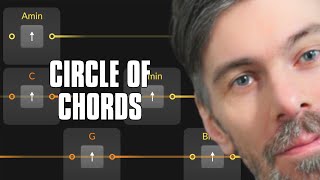
Mar 23, 2022 Tutorial
In this video, I show how to use the Circle of Fifths in Bitwig Studio's Note Grid to create interesting and complex chord progressions. I demonstrate how to set up the Note Grid, activate trigger buttons to send out the chords, and adjust the settings such as adding a seventh or ninth to get different chord variations. I also show how to record the chord progressions in an instrument track. Finally, I explain why this device is useful for those who don't know how to play the piano and how it can be used to jam with a rhythm to create interesting chord progressions.
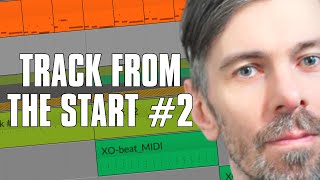
Mar 22, 2022 Tutorial
In this video, I created a music track using a synth, a reverb, a delay, a key filter, a note rap device, a quad track, an arpeggiator, a chorus device, a quad bass, a portal, percussion and drums, a lead sound, modulation and automation, and a half time. I randomly modulated the sounds and added some distortion, reverb, and a transient shaper to bring out the spaces. I then layered some triggers and hi-hats to create a nice combination. Lastly, I used a filter and a phaser to give it a final touch.
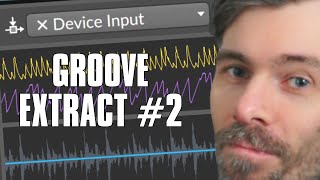
Mar 21, 2022 Tutorial
In this video, I discussed how to extract grooves from drum loops. I showed how a Transient Control can be used to detect transients within the drum loop, and then how that signal can be routed through a Note Grid and converted into a gate signal. I then discussed a more complicated method which involves creating a chain device, putting an audio receiver and transient controls in each band and using a node receiver to grab the signal from each band. I also discussed a solution to preserving note lengths when using the clock quantizer. Finally, I showed how the resulting signal can be delayed to create unique grooves.
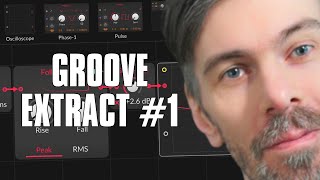
Mar 18, 2022 Tutorial
In this video, I showed a trick for synchronizing a drum loop and using it as a groove source for drum tracks. I demonstrated how to use the Note Grid, Clock Quantizer, Sidechain, Envelope Follower, Amplifier, and Gate Length to extract the groove from a drum loop and use it to control a drum sampler. This can be a helpful trick when you want to convert drum loops to other drum loops or use a different drum loop as a guide for your groove.
previous | next









